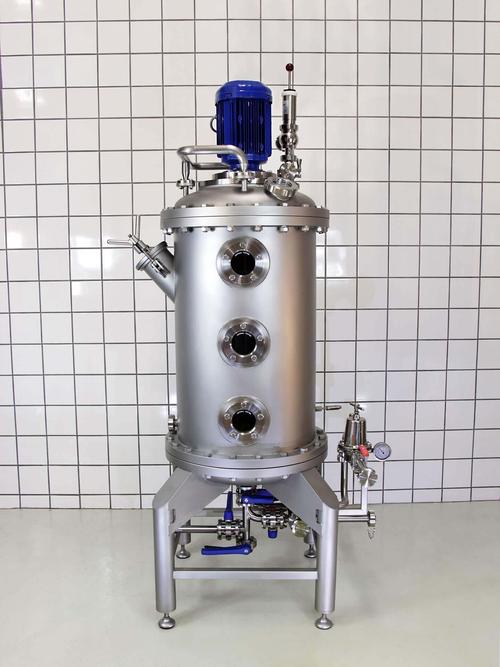
High quality Craft beer dry hops addition gun widely used in beer brewing industry from WEMAC China
- * Processing : Fermenting Equipment, Beer Brewing
- * Brand : WEMAC
- * Condition : New
- * Material : SUS 304 316
- * Place of Origin : Weifang, China (Mainland)
- * Control system : AUTO/MANUAL
- * Warranty : Within 24 months against the date of B/L
- * Voltage: : To Be Determined (220V/ 380V/ 415V)
- * Processing : Fermenting Equipment, Beer Brewing
- * Brand : WEMAC
- * Condition : New
- * Material : SUS 304 316
- * Place of Origin : Weifang, China (Mainland)
- * Control system : AUTO/MANUAL
- * Warranty : Within 24 months against the date of B/L
- * Voltage: : To Be Determined (220V/ 380V/ 415V)
Dry hops addition is not a strange thing to everyone. The reason for the dry hops addition is to make up for the loss of hop flavor caused by adding hops before the start of fermentation (boiling evaporation leads to aroma loss, and carbon dioxide carrying in the fermentation process causes aroma loss). The commonly used dry hops are generally granular hops, but also whole flowers and hop extracts. A large amount of dry investment will cause problems such as diacetyl, which needs attention.
There are many factors that affect the use of dry hops.
1. Hop varieties, hop shape (particles, whole flowers, extracts)
2. The content of hop oil
3. The freshness of hops
4. Dry casting method (slurry, circulation, stirring, hop torpedo...)
5. The length of contact time between hops and liquor
6. Dry casting temperature
7. The presence of yeast in beer
Why do we do investment without additional bitterness. At the temperature of dry casting, the alpha acid in the hop oil will not be isomerized to produce iso-alpha acid, but may be oxidized into humulone with a bitterness of only 66% iso-alpha acid. According to the IBU quantitative method currently adopted by the international community, dry casting causes the measured value of beer IBU to become higher, but the actual hard reading is not so high.
The research results of Ohio State University (this university has deep academic attainments in the field of brewing technology and raw materials) show that:
1. The extraction efficiency of granular hops is higher than that of whole flowers
2. Dry casting under stirring/turbulent conditions, the extraction efficiency is better than dry casting where the hops stand still in the liquor
3. Under stirring/disturbing conditions, most of the aroma substances in the hops will be extracted into the liquor in the first 6 hours
Al's fermentation temperature is generally 18-20 degrees Celsius. When the apparent degree of fermentation (Apparent Degree of Fermentation) reaches 70%, dry casting is performed, and the recommended temperature is 16.5 degrees Celsius. After dry casting, it is necessary to ensure that there is a sufficient amount of yeast in the wine, at least 1 million yeast per milliliter of wine. If the dry dosage is large, in order to ensure that the diacetyl content does not rise, a little diacetyl reductase can be added. 1-2 days after the end of the dry cast, you need to track the changes in the sugar content in the liquor. If the sugar content does not change and the diacetyl content is no problem, the wine can be cooled to 0 degrees Celsius and kept for two days before drinking.
Common ways to add dry hops:
1. Dump into tank and settle method
2. Hop gun
3. Hop slurries
4. Hop pellet shear pump
5. Whole cone hops
Put the hops directly into the fermentation tank, the operation is "simple and rough". The fermentation tank needs to have a large enough opening to put hops. Generally, a funnel is connected to the top of the fermentation tank. A small amount of hops are put in first, and then most of the remaining hops are put in. This method may cause oxidation.
If you use a hop gun, you must ensure that the hop gun has a pressure vessel certification. First, use carbon dioxide to replace the air in the hop gun, then connect the fermentation tank, use the pressure of carbon dioxide to drive the hops in the gun into the fermentation tank, and then release the pressure after finishing. Using this method is more dangerous and requires careful operation.
The third method of dry casting is to soak the hops in hot water to form a slurry, and then pour the slurry into the fermentation tank. Due to the use of hot water, the enzymes in the hops are basically killed, which can avoid the creeping phenomenon of hops caused by dry hops. Of course this method also has flaws
The fourth method is Karl's favorite method. First put the granular hops into a small jar, and then replace the air, use a little carbon dioxide to bring some pressure, you can bring the granular hops into the shearing pump, and the shearing pump will grind the granular hops and then blow them in In the fermentation tank. The operation is relatively simple, and the extraction efficiency is higher.
Dry hops throwing of whole flowers is not a very common method, and the extraction efficiency is also low. If you have any questions about purchasing craft beer equipment or beer brewing technology, as well as the craft beer business process, you can contact us in time and WEMAC will serve you wholeheartedly!








Send a Message
If you want to ask anything just fill in the form below and send us.
Name: John. Maltz time:2020-11-24 11:28:54
I am very satisfied with this craft beer dry hops addition gun. It works so well. Good job!
Write a review
Products
- Beer brewery equipment
- Craft brewing equipment
- Home brewing equipment
- Microbrewery equipment
- Commercial brewing equipment
- Industrial brewery equipment
- Pilot brewing system
- Brewhouse & Mash system
- Fermentation tank
- Bright / Brite tank
- CIP system
- Beer filling machine
- Pasteurizer
- Hop gun
- Yeast propagation equipment
- Beer concentration equipment
- Carlsberg flask
- Reverse osmosis water filtration systems
- Mobile water treatment systems
- Water Purification Equipment
- WFI equipment
- Purified water tank
- CIP system
- Multi effect water distiller
- Pure steam generator
- WFI tank
- Solution preparation tank
- Tube heat exchanger
- Storage and distribution system
- Liquid preparation system
- Demineralized water system
- Vapour compressor
News & Exhibitions
- Why Beer Concentration Matters: Unpacking the Standard ABV Range
- Why Every Craft Brewer Needs a Pilot Beer Brewing System
- Top 5 Benefits of Using a Pilot Beer Brewing System for Small Breweries
- Setting Up a Microbrewery? Why Turnkey Equipment Might Be Right for You
- How Nano Brewery Equipment is Changing Experimental Brewing: A Deep Dive into Small-Scale Innovation
- Essential Craft Beer Equipment for Starting Your Brewery
- Integrating Smart Equipment into Your Microbrewery
- From Grain to Glass: Building the Perfect Complete Brewing System for Your Home
TAGS
- turkey brewery equipment
- small beer brewery equipment,mini beer brewery equ
- sovereign stainless steel fermenter
- brewing equipment manufacturers uk,home brewing eq
- home brewing distillation equipment
- craft brewery equipment for sale, craft beer equip
- beer brewing equipment
- complete brewery for sale
- Nano brewery equipment, brewing systems manufactur
- 15 gallon jacketed fermenter
- automatically brew equipment,50L Brewing equipment
- dry hops addition
- hops addition gun
- mixing tank manufacturers
- hop additive gun
- pilot brewing system
- Craft beer making equipment for Malaysia
- CIP system
- Microbrewery machine
- professional Cleaning in place equipment
FEATURED PRODUCTS
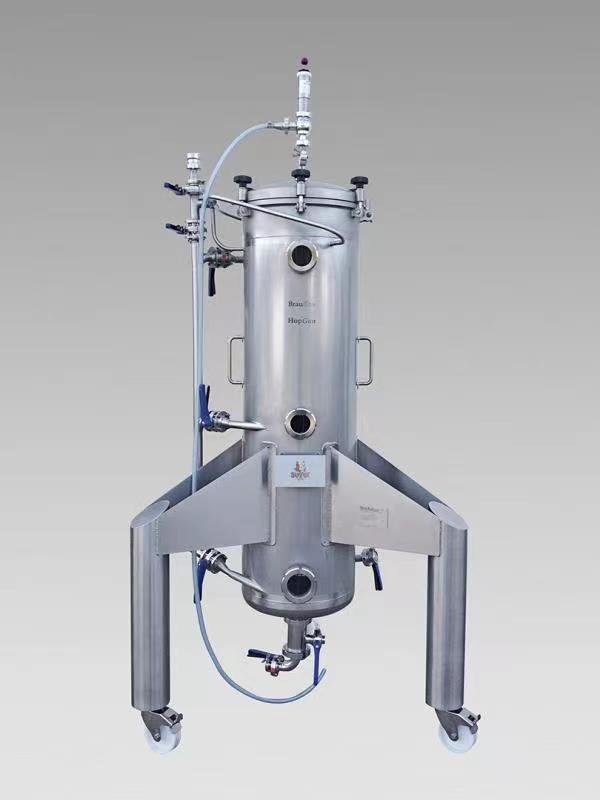
Stainless steel dry hop addition gun for beer brewery using zxf
For dissolving hop pellets and transfer to the fermenting tank though a specially designed candle in the middle of the H...
More >>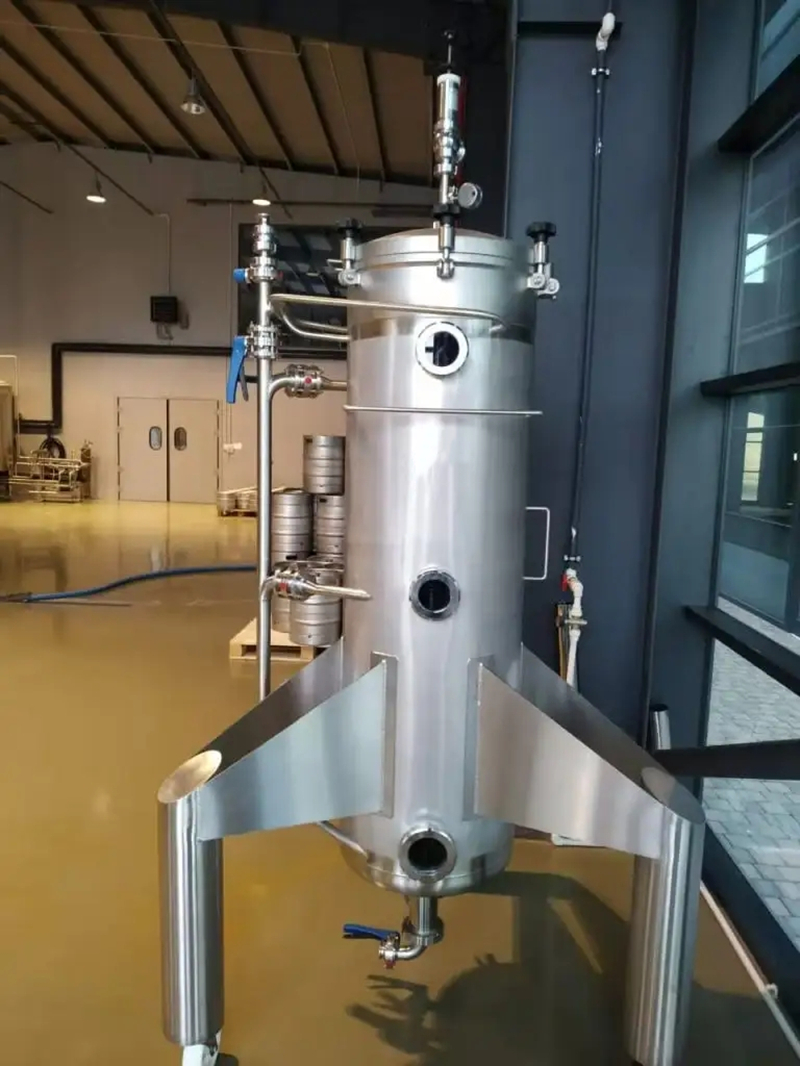
WEMAC brewery Hop cannon hop gun for sale ZXF
A hop cannon is different to a DE filter. It does have a candle like some DE filters. However, the candle is used to sto...
More >>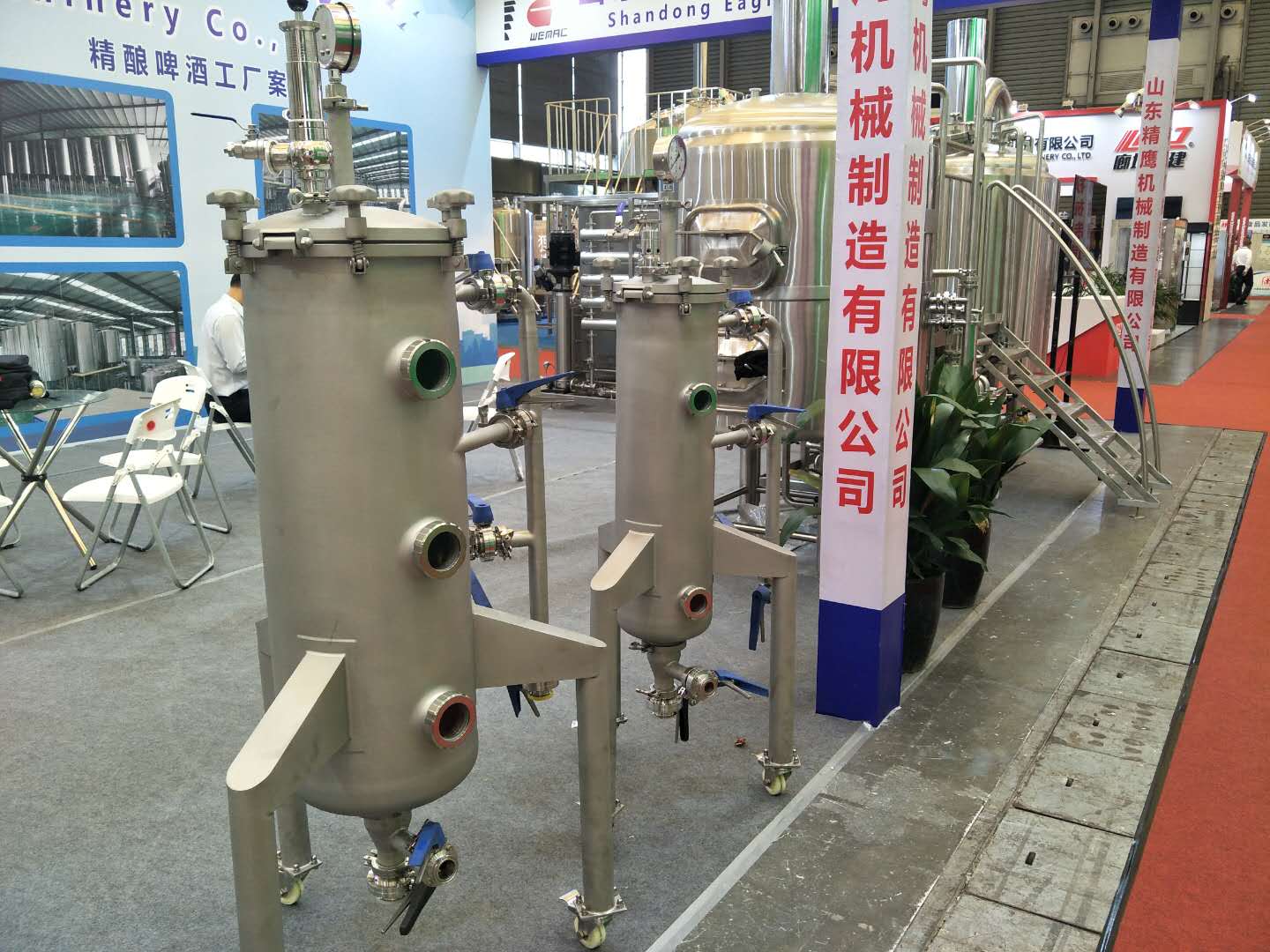
WEMAC Dry Hop Cannon-Hops addition gun for brewing craft beer
30L 50L 100L 150L 200L Stainless Steel 304 Hops Cannon Hops Gun for Dry Hopping.
Hop gun or hop rockets, is a good choi...

High quality Craft beer dry hops addition gun widely used in beer brewing industry from WEMAC China
Established in 1958,With many years of production experience, WEMAC is committed to providing you with the most professi...
More >>
50L & 30L SUS304 Hops adding equipment hop gun for beer brewing system from WEMAC
In beer brewing, hops have an irreplaceable role:
1. Make beer with refreshing aroma, bitterness and antiseptic. The ar...
151.jpg)
Beer hop adding tank and rocket manufacturer
The hops gun and the hops adding tank are the equipment of hops feeding in the process of beer production. It is usually...
More >>364.jpg)
Beer hops adding gun and hop adding rocket China manufacturer
The hops gun and the hops adding tank are the equipment for hops feeding in the beer production process. It is usually u...
More >>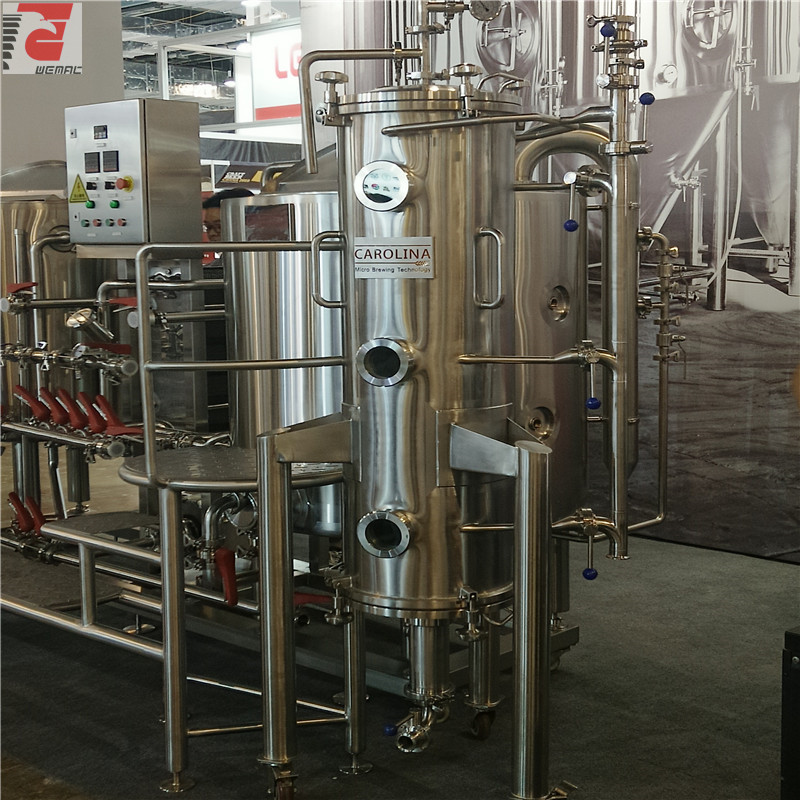
Hop gun and hop additive tank for sale WEMAC H015
Beer hop gun and hop additive tank is the equipment for hops feeding in beer production process. It is usually used in b...
More >>

